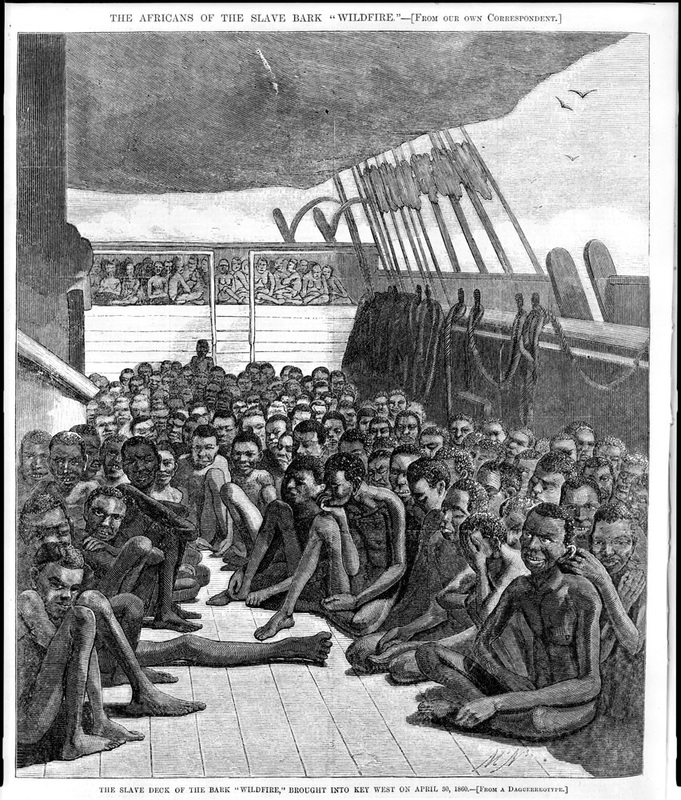|
In 1837, Will drags Niklas out to see the new railroad between New Orleans and Lake Pontchartrain, where Ardennes horses are pulling the railroad cars. By that time, there was a steam engine, but horses were used whenever the engine broke down. Niklas recognizes the horse breed because he was in Napoleon’s cavalry, which owed its return from Moscow to Ardennes. Only these powerful, hardy horses were able to survive the cold and privations to keep pulling supply wagons through axle-deep mud and snow on the long march across Russia. The Ardennes are the root of all heavy draft breeds existing today. They are a true cold-blooded horse, a direct descendant of the Solutrian horse that roamed the basins of the Rhone, Saone and Meuse during the Paleolithic period. They are relatively unchanged since the last Ice Age, 15,000 years ago. The Ardennes have been war and draft horses for at least 2,000 years. Julius Caesar declares in his commentaries (58-48 BC) that "the horses of the second Belgium" are "rustic, hard and tireless" and he recommended their use "in heavy cavalry work." In the thousand years of Middle Ages, knights found the sturdy, compact, good-tempered Ardennes strong and tireless chargers, easily able to carry the weight of men in full armor into battle. In 1096 Geoffrey of Boullion, a nobleman from a region in the heart of the now-Belgian Ardennes Forest, rode off on crusade on his Ardennes stallion. (Warren, of Akron, Ohio, made an excellent point in his comment on the original 2016 posting: "Very interesting. Some people think big draft horses are always slow-moving, but that's not true. They were magnificent war horses." Thanks, Warren!)
0 Comments
|
Rose KleidonNever quit asking "Why?" This motto works out well for a researcher. Archives
June 2022
Categories
All
|
Website by Kleidon & Associates



 RSS Feed
RSS Feed